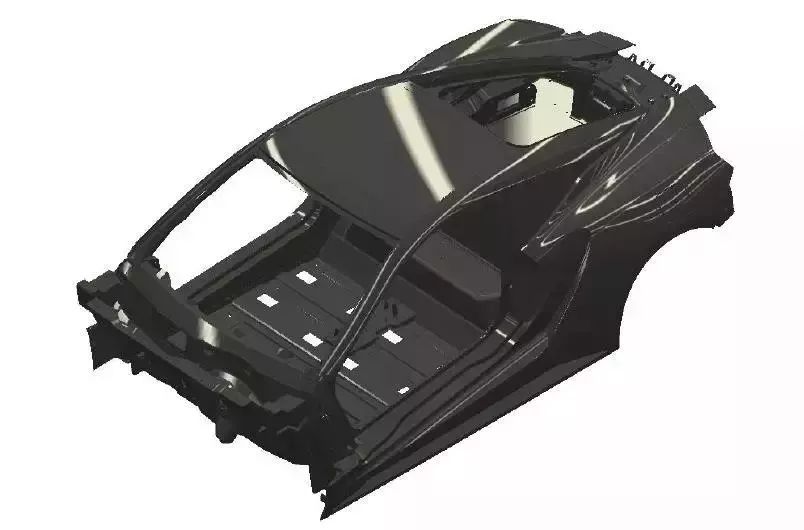In recent years, as global environmental protection standards have become stricter and consumer demand has increased, many countries have introduced industrial support policies to support the research and development of new energy vehicle technologies and further promote the entire industry chain and ecological construction of new energy vehicles.
According to statistics from the authoritative organization EV-Volumes: In May 2023, global electric vehicle sales exceeded one million units for the first time, reaching 1,057,509 units. This is the fifth time in history that this feat has been achieved.

As the global electric vehicle market continues to grow and consumer demand for environmentally friendly travel increases, the sales momentum of electric vehicles will continue to grow. In order to meet market demand, major automobile manufacturers are continuously increasing investment and launching more electric vehicle products.
However, the electric vehicle market still faces some challenges. How to further improve the performance of new energy vehicles? The answer is automobile lightweighting.
Lightweighting of automobiles–reducing the mass of the automobile body as much as possible without reducing the strength and safety performance of the automobile.
How to choose lightweight materials?
From the performance comparison between carbon fiber composite materials and other lightweight materials, we can clearly see that carbon fiber composite materials have the smallest density and their strength performance is far superior to other lightweight materials. Using carbon fiber reinforced epoxy resin composites (CFRP) to partially replace traditional metal materials is currently one of the most effective ways to achieve lightweighting in automobiles.
How are carbon fiber composite materials produced?
High-pressure resin transfer molding process, referred to as HP-RTM molding process. It refers to the molding process of using high-pressure pressure to mix and inject resin into a vacuum-sealed mold pre-laid with fiber reinforced materials and pre-set inserts, and then through resin flow filling, impregnation, curing and demoulding to obtain composite products. Low-cost, short-cycle (large-volume), and high-quality production can be achieved.
Carbon fiber composite products for automotive use
These exquisite carbon fiber composite materials are made from high-performance epoxy resin systems and carbon fiber materials through the HP-RTM process, and have been used in new energy vehicles on a large scale, effectively achieving the effect of lightweighting the vehicle.
What are the characteristics of the epoxy resin formula system used in HP-RTM process?
The epoxy resin formula system used in the HP-RTM process has the characteristics of fast curing speed, high defoaming, high wettability, low viscosity, low volatility, low curing shrinkage, low exothermic peak, etc.
The 0164 series epoxy resin produced by YQXPOLYMER, combined with the HP-RTM special epoxy resin curing agent system, has the advantages of fast curing and molding speed, low exothermic peak during the curing process, good wettability with reinforcing fibers, and high physical and mechanical strength of the product. It is completely suitable for HP-RTM molding process and is a high-quality material for preparing carbon fiber composite materials for automobiles.
YQXPOLYMER will use its consistent high quality to protect automotive carbon fiber composite materials and efficiently promote the development of the new energy vehicle lightweight industry.
More information or free samples or price quotations, please contact us via email: sales@yqxpolymer.com , or voice to us at: +86-28-8411-1861.
Some pictures and texts are reproduced from the Internet, and the copyright belongs to the original author. If there is any infringement, please contact us to delete.

